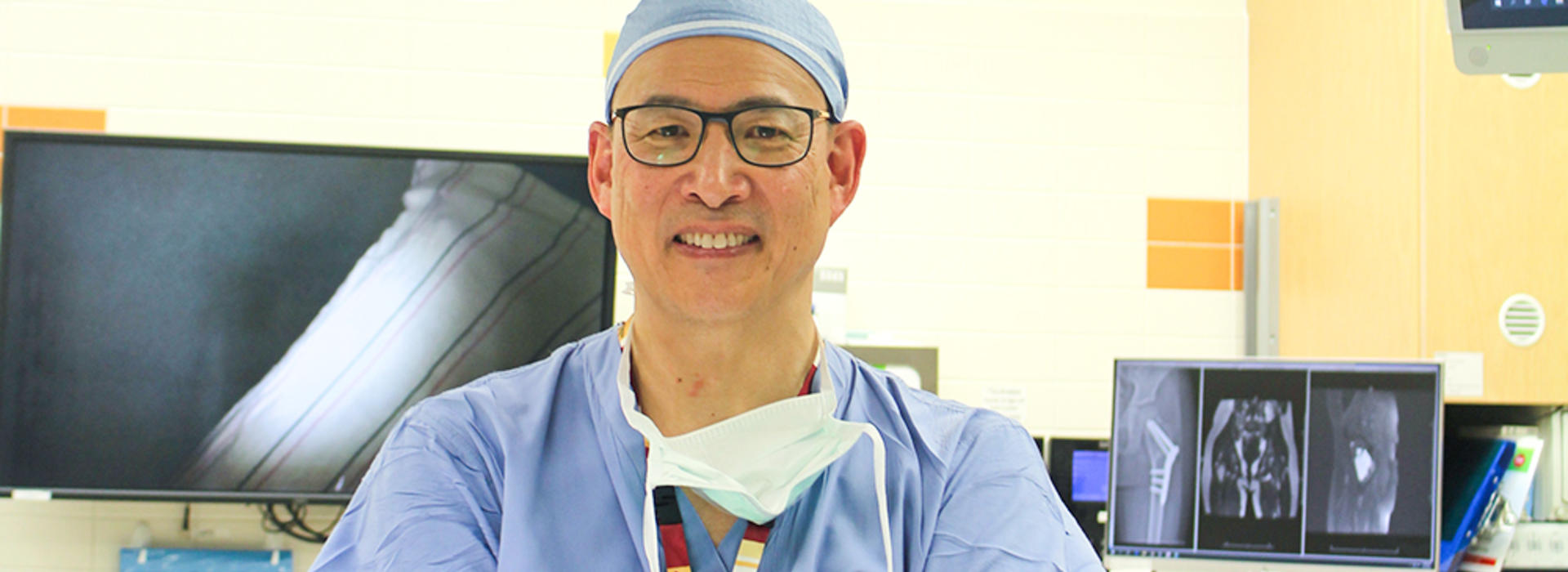
Orthopedic Procedure Prioritization Guides Equitable Distribution of Care During COVID-19 Pandemic
When the global COVID-19 pandemic began, providers everywhere were faced with the need to delay surgical procedures to limit exposure to the virus, conserve scarce protective gear and make room in our hospitals for a potential surge in COVID-19 patients.
“As a healthcare system, we had to postpone elective procedures and limit care to urgent, time-sensitive needs. Limiting healthcare to this extent has never happened before in U.S. medicine,” explained Edward Y. Cheng, MD, a professor in the Department of Orthopedic Surgery at the University of Minnesota Medical School. “As we worked through the situation, the obvious question was, ‘How is a non-urgent surgery defined and would everyone agree on it?”
Professional organizations, including the American Academy of Orthopaedic Surgeons and the American College of Surgeons, rapidly released triage guidelines and best practices to help answer the question of how to prioritize care. However, these guidelines only represented opinions that hadn’t been studied for reliability.
Dr. Cheng and a team of the department’s orthopedic surgeons saw an opportunity to develop an objective tool, backed by science, to provide more equitable patient care. Their classification system was recently published in the Journal of the American Academy of Orthopaedic Surgeons.



